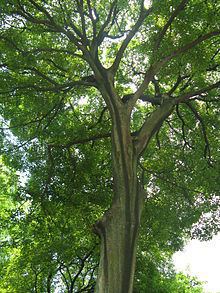Rank Species | Genus Celtis Higher classification Hackberries | |
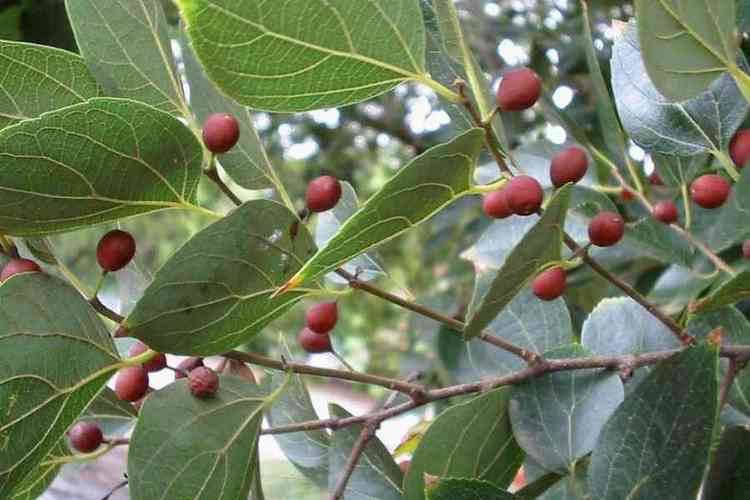 | ||
Similar Zelkova serrata, Aphananthe aspera, Hackberries, Ulmaceae, Chinese tallow | ||
Field grown celtis sinensis chinese hackberry
Celtis sinensis (English: Chinese hackberry; Chinese: 朴树) is a species of flowering plant in the hemp family, Cannabaceae, that is native to slopes in East Asia.
Contents
- Field grown celtis sinensis chinese hackberry
- Mao park celtis sinensis persoon
- Description
- Taxonomy
- Distribution habitat and uses
- References
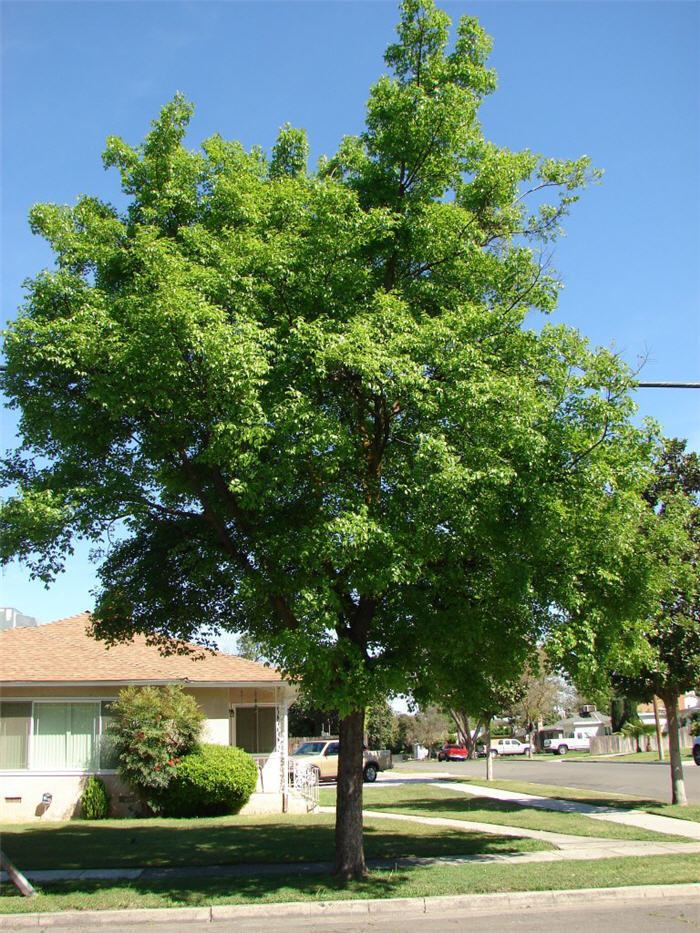
Mao park celtis sinensis persoon
Description
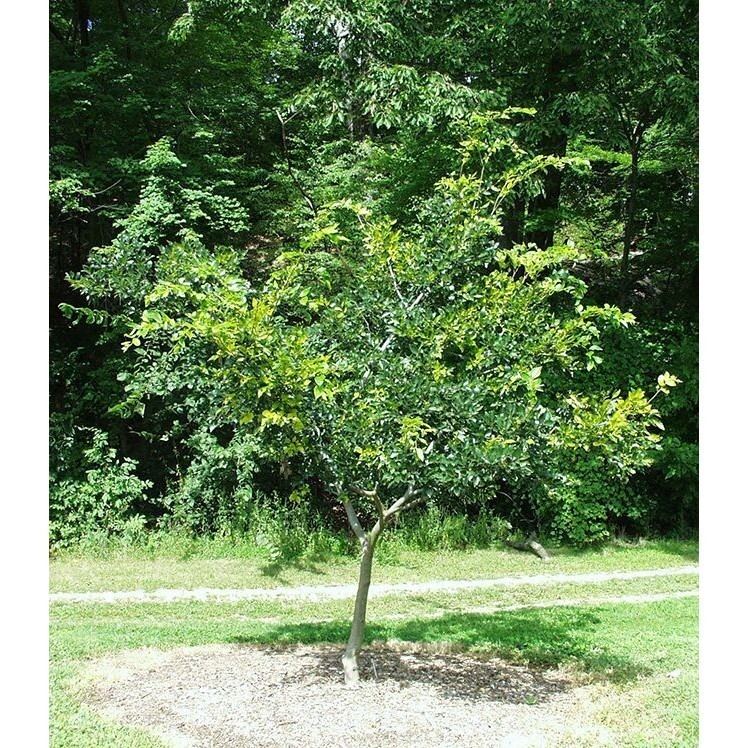
It is a tree that grows to 20 m tall, with deciduous leaves and gray bark. The fruit is a globose drupe, 5–7(–8) mm in diameter. Flowering occurs in March–April, and fruiting in September–October.
Taxonomy
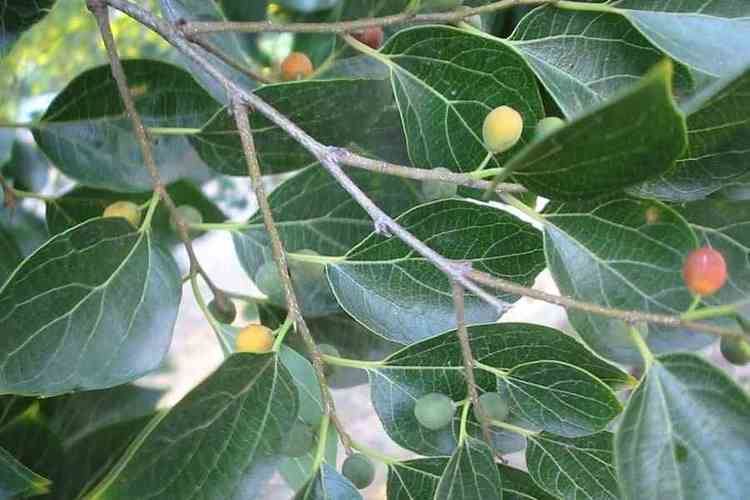
Synonyms include: Celtis bodinieri H. Léveillé; C. bungeana var. pubipedicella G. H. Wang; C. cercidifolia C. K. Schneider; C. hunanensis Handel-Mazzetti; C. japonica Planch.; C. labilis C. K. Schneider; C. nervosa Hemsley; C. tetrandra Roxburgh subsp. sinensis (Persoon) Y. C. Tang.
Distribution, habitat and uses

Native to slopes at altitudes of 100–1500 m in Anhui, Fujian, Gansu, Guangdong, Guizhou, Henan, Jiangsu, Jiangxi, Shandong, Zhejiang, Sichuan, and Taiwan provinces of China, as well as Korea(팽나무), Japan. Leaves and bark are used in Korean medicine to treat menstruation and lung abscess. It is a naturalized non-invasive species in North America. It is a declared noxious weed in many parts of eastern Australia.
As an ornamental plant, it is used in classical East Asian garden design.
